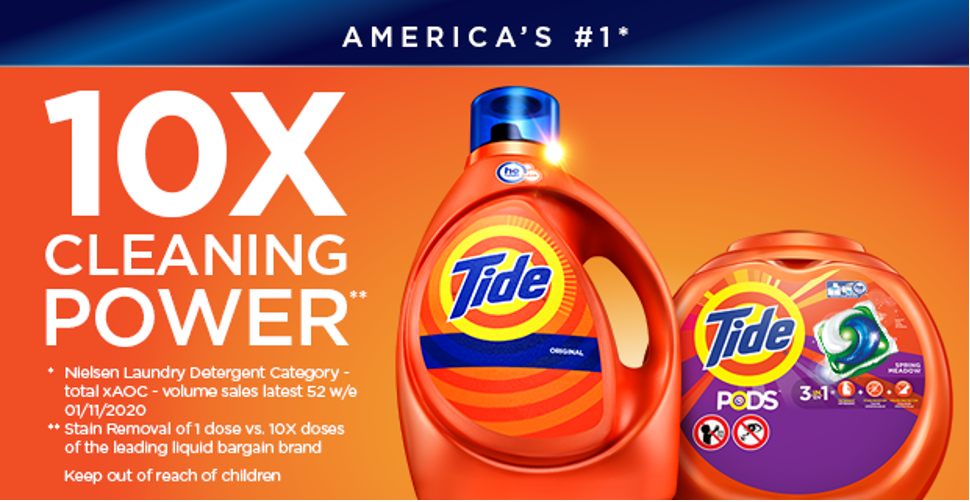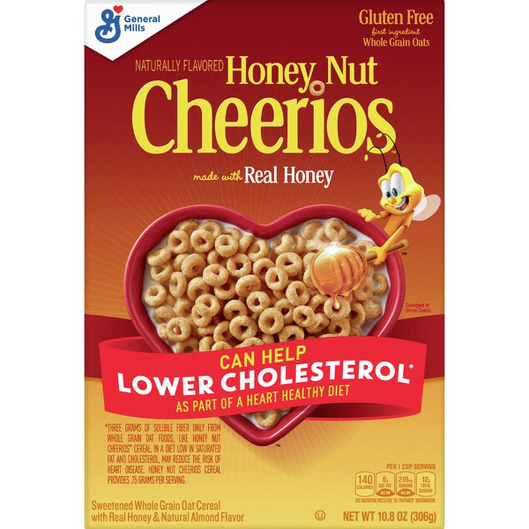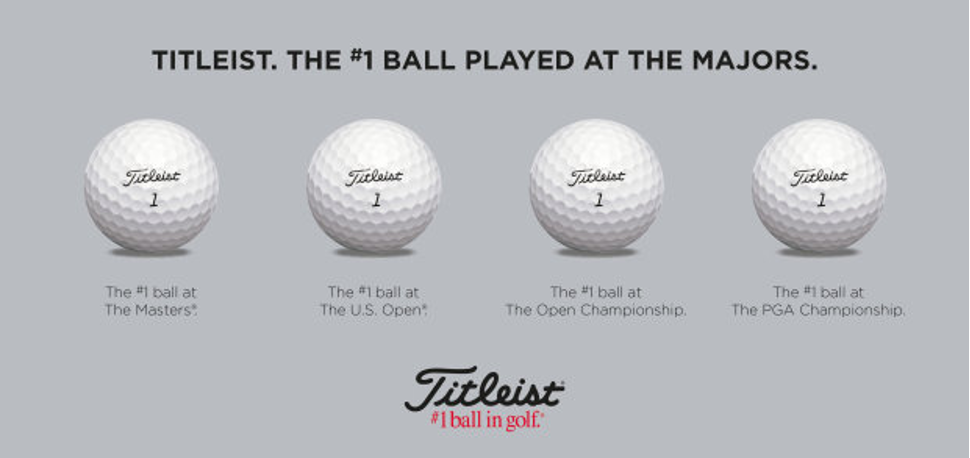
The Power (and Art) of a Claim or Benefit
If the above sounds the slightest bit interesting the odds are you’re an advertising or marketing professional and at some point, you’ve been tasked with selling a product, service, or idea. If however you’re not familiar, a claim is any statement of fact that’s made on behalf of what’s being promoted to help differentiate, establish superiority, and ultimately sell something.
The old adage of “a good product sells itself” has gone the way of the penny farther, pocket watch and sock garter and in its place is a more educated and savvy consumer that’s inundated with ads from the second they wake up to when they call it a night. In fact, a recent article by the Forbes Agency Council estimated that most Americans are exposed to anywhere from 4,000-10,000 ads per day! With that kind of competition, how can you cut through the clutter and win the battle for share of voice in a saturated market place? A strong creative idea or a respected and admired spokesperson helps, but for the more savvy consumer everyone wants the same thing — the best for the least. And how do we meet that need? CLAIMS!
A few examples if I may:
10 X’s Cleaning Power!!! Take my money, Tide.

Can help lower cholesterol? Cheerios, here are the keys to my Geo Tracker, it’s teal and parked around the corner.

The #1 Ball Played at Majors??? Titleist, would you consider a trade for my Grandma’s pearls?

You get the idea but a few things to keep in mind about claims:
- If you’re claiming something, it better be true or expect to be called on it. And that can be expensive. The good folks at Volkswagen can tell you all about this as they still recover from their “clean diesel” false advertising scandal that cost them nearly 10 billion dollars. The FTC makes a healthy living prosecuting, with little rebuttal, and the damages can be huge.
- Include the fine print. Anytime you’re passing something off as fact or giving a statistic, you better substantiate it. Think of this as the works cited portion of the all night masterpiece you turned in in college. If you can’t support it, odds are it’s opinion and not fact.
- Claims CAN be deceptive. A profession exists for those blessed with the gift of gab that can allude to saying something without saying it. Listerine “Fights Bad Breath”. Awesome. Who won the fight? I’m not interested in second place when it comes to my breath. The fight could have been shorter than the Tyson-Spinks fight in ‘88.
- The same thing can be said many different ways. And that can make all of the difference. Buy one, get one free -or- 50%* (when you buy two). And perhaps the best spin on a stat in reference to attendance at the 2016 Chicago Cubs World Series Parade: 5 million people attended -vs- The 7th largest gathering in human history.
THE 7th LARGEST GATHERING IN HUMAN HISTORY????!!!!
While it says the same thing as “5 million people attended” the enormity of the second statement is impossible to ignore. And while communicating what makes the goods, products, or services we are tasked to promote will always be a focal point of our roles as marketers and advertisers, we owe it to ourselves to never get complacent and always push the bar forward.


In closing, and hopefully as the examples have shown, it’s amazing how saying the same thing a different way can change how the information is taken in and in turn, change how the consumer will react to it. With the potential reward-impactful behavior change or inspiring selection at shelf, far exceeding the risk of carrying on business as usual, we owe it to ourselves to do the legwork at each projects onset to understand how our target thinks and what they’re receptive to, and then, creating a messaging or communication that uses it to exceed success metrics. And trust me, getting there is half the fun!